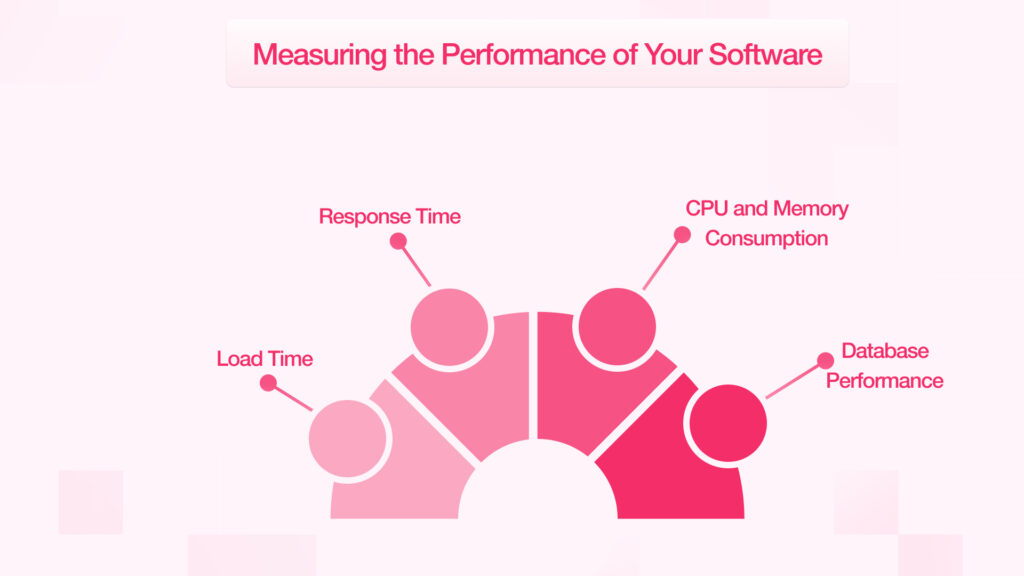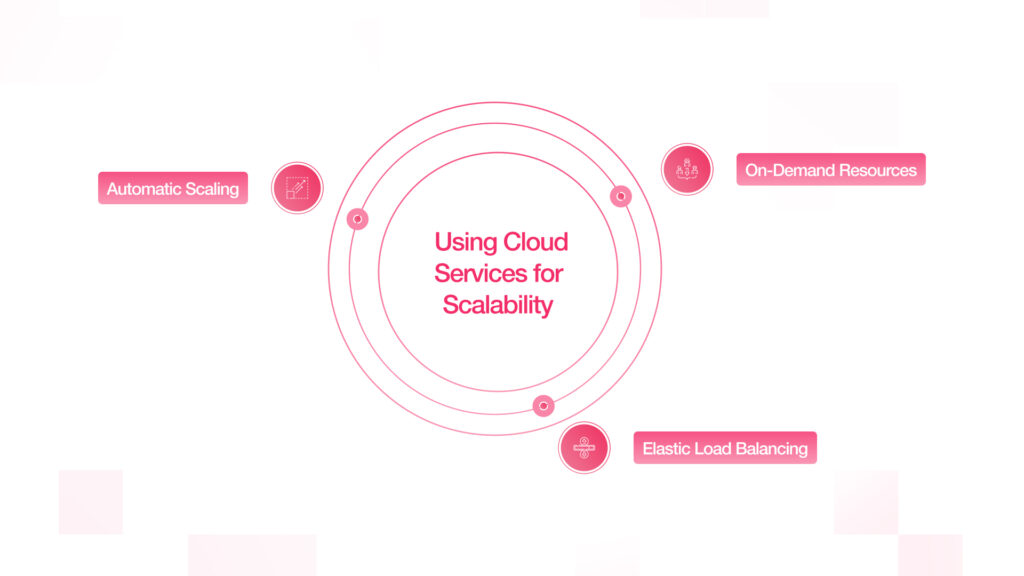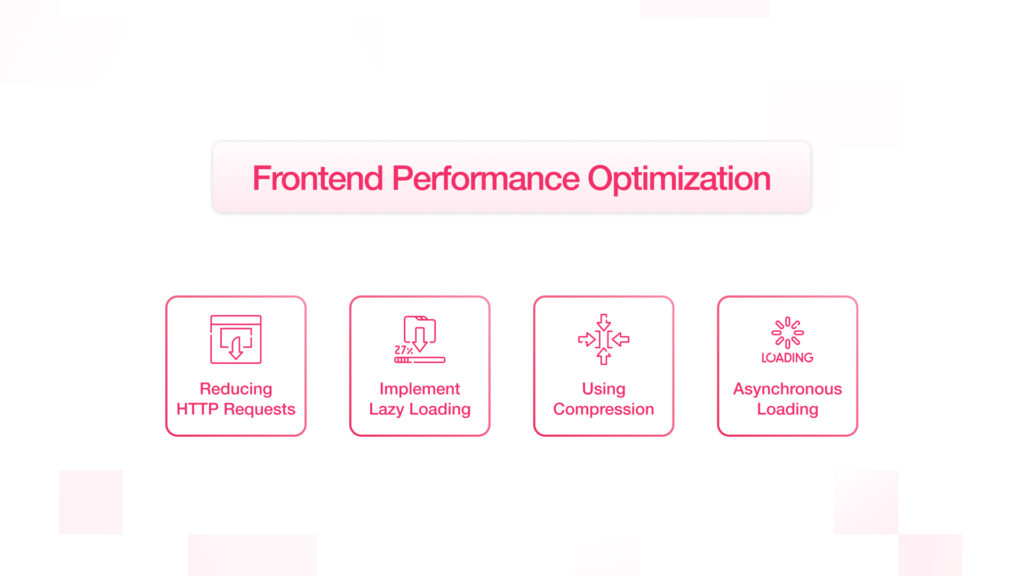How to Optimize Business Software for Speed and Performance?

In this fast-paced digital world, businesses heavily rely on software applications for operational management, transaction handling, and customer engagement. However, improperly optimized business software can hinder users’ experience and increase operational costs, leading to decreased profitability. This blog will provide you with key strategies to optimize business software for speed and performance.
Why Optimizing Software Performance Matter?
Before you get into the optimization bit, you need to understand why performance really matters. Software that is not performing well has been known to break the performance of a whole business. Slow load times, delayed processing, and crashes can frustrate users, leading to reduced efficiency, increased drop-off rates, and dissatisfied customers.
Moreover, performance issues generally signal underlying issues in the architecture of your software or even in the coding practices. Leaving such issues unattended could lead to sordidly complex, painfully expensive problems later.
Understanding Your Current Software Performance
The first approach to fine-tune software performance is to acquire insight into its original condition. This involves a comprehensive assessment of software performance metrics: load time, response time, and system resource usage, among others.

Areas of Measurement:
- Load Time: The time it takes to open the software and be ready to use it.
- Response Time: The time taken for any reaction from the software after receiving an input by the user.
- CPU and Memory Consumption: The resources utilized by the software while operating.
- Database Performance: How fast the data in the storage is retrievable and updatable.
Use performance monitoring tools and logs for keeping tab on these metrics over time. Find the bottlenecks and points where the software is underutilized for guidance in your optimization strategy. It can be complemented by real-time external monitoring.
Optimize Code and Reduce Frequency
The most effective way to optimize business software is to start with the code. An inefficient and complex code can slow down the overall performance of a system. Here is how one could optimize code:
- Code Refactoring: Over time, the code could have become more cluttered and inefficient through changes and updates. Regular code refactoring keeps it clean, efficient, and easy to work with.
- Remove Redundant Code: Unused or duplicate code should be removed. This cuts down on software size and makes it run effectively.
- Optimization of Algorithms: Algorithms should also be checked for any inefficiencies. A poorly designed algorithm can affect performance, especially as your business scales.
In summary, the simpler and well-optimized the codes, the faster they would execute, thus easing the load on the system.
Looking for a Partner in Your Software Development Journey?
We Can Help!
Improve Database Performance
Database performance is an aspect of software performance, especially with data-intensive applications. Slow database queries can severely reduce the speed of your software. To improve database performance:
- Indexing: Indexing really helps make retrieval faster. Index the columns that are frequently accessed on your database to bring querying times down.
- Optimize Queries: Check the SQL queries to see if they are efficient. Avoid excessive processing time caused by unnecessary joins or subquery calls.
- Data Caching: Build a caching mechanism; transfer frequently requested data into memory. It reduces the repetitive queries to the database and provides faster access time.
- Database Optimization Tools: Specialized database performance optimization tools offer monitoring and fine-tuning of queries, indexing, and data access strategies.
Hence your software can sustain bigger data volumes without performance degradation if your database runs optimally.
Leverage Content Delivery Network
For an international organization, or indeed a company that operates almost entirely on the web, the improvement offered by a CDN is invaluable. A CDN stores copies of the software content in many locations around the world so that the users get access to data with the lowest latency possible, that is, from the server located the closest to them. Using this resource minimizes the times of load and improves the general response time for users across many different geographical locations.
The advantage is even larger with businesses with a tremendous amount of static content, mostly consisting of images, videos, and files. This type of content would probably load from the CDN, thus relieving the main servers from most of the load and enhancing the user experience.
Use Cloud Services for Scalability
Cloud computing provides such flexibility of scaling resources based on demand, which leads to optimization in terms of speed as well as performance. By using cloud services, if your business software must handle an unexpected increase in demand during processing or higher traffic, your software will continue to operate smoothly without any slow performance.

Cloud-based solutions provide:
- On-Demand Resources: Cloud services allow you to allocate more resources as needed, thereby preventing system overloads and ensuring consistent software performance.
- Elastic Load Balancing: Distributing traffic across multiple cloud servers so that no one server has too much demand placed upon it.
- Automatic Scaling: The automatic scaling up and down of resources in real-time according to usage patterns, to ensure that performance is optimal during peak usage times.
This ultimately allows businesses to ensure that software performs well and scales beyond the road as the need arises.
Optimize Frontend Performance
The UI of your software has a crucial role in determining how well and fast the application succeeds. Performance optimization for the frontend includes:

- Reducing HTTP Requests: In order to load a page, minimize the number of HTTP requests by merging files like JavaScript, CSS, and images.
- Lazy Loading: Load contents only when required, instead of all at once. This helps in speeding up the initial load time and reducing data transfer.
- Compression: Use compression methods to decrease the size of files that are downloaded effectively to allow for quick loading.
- Asynchronous Loading: Load JavaScript files asynchronously, such that it does not block the rendering of other elements on the page.
Optimizing frontend performance translates to a faster and more responsive experience for the user.
Regularly Test and Update Your Software
Optimization is an ongoing process. As the business updates, so do the software necessities and challenges of performance. To catch the new performance bottlenecks and proactively address them, testing on a regular basis is necessary.
- Performance Testing: Execution of load tests, stress tests, and scalability tests with software so that it performs well without crash and slow performance at various usage levels.
- Update Software Regularly: Have the system under review and ensure that it is up to date-software package-all updates for bug fixes and performance improvements. Old software is potentially vulnerable and less than optimally performing applications.
These activities should be carried out during the software maintenance phase, guaranteeing that the software runs effectively while adapting to meet the changing needs of your organization’s business.
Need a Reliable Software Development partner to help grow your Business?
Our Experts Can Help!
Consider User Feedback and Analytics
Never underestimate how enormously valuable user feedback and analytics are for enhancing software performance. Consistent user behaviour monitoring with feedback collection provides insight into the areas where the software might be performing poorly.
 Shopify
Shopify










